Dishwashing liquid is a detergent made for washing dishes. Not all products are suitable for this purpose and some can be very harmful or even toxic. Therefore, it is important to identify the best dishwashing liquid for your purposes and learn what ingredients are included in each. All of this is to make you aware of the types of chemicals in dishwashing liquid and how they affect your health.
Types of Dishwashing Liquids Detergent
When choosing dishwashing liquid, you may find that there are many types of soaps in the supermarket. Below are some of them:
Dishwashing Liquid
It is a liquid dishwashing detergent, but it does not contain surfactants. All of it contains water and cleaning agents. This type of product is usually used to wash small objects such as glasses and mugs. When choosing a dishwashing liquid, we should consider all the above types. We must consider what kind of cleaning agent we need and choose the right product. In addition, there are other important things to consider when buying it.
Other additives
Under normal conditions, dishwashing liquids have various compounds including surfactants and solvents (Dow Chemical).
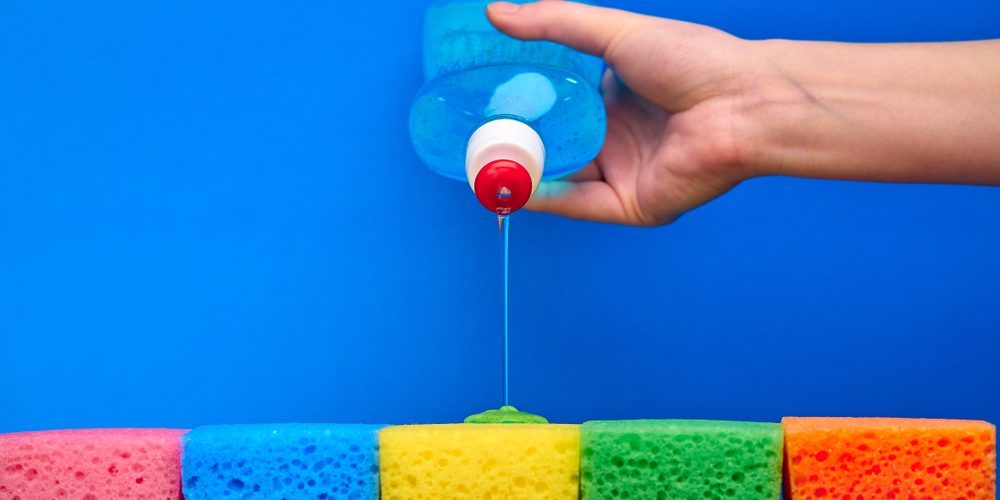
This substance is basically a dishwashing liquid detergent designed for use in automatic dishwashers. It is in concentrated form and must be diluted with water before use. This type may contain more surfactants than regular liquid dishwashing detergents because it needs to keep dishes clean in automatic machines, where they are cleaned in standing water without agitation.
Dishwashing Liquid Detergent Forms
Dishwashing liquid is available in different forms such as gel, powder or tablets. Which type is best for you depends on a variety of factors, including how often you use it, your budget, and how much space you have to store it.
Gels are suitable for modern dishwashers. Gels are good for your hands and dishes and leave everything stain free. They are a bit more expensive than liquids, but worth every penny!
Dishwasher tablets are great for people who don’t use their dishwasher very often, as the tablet doesn’t break down too quickly and works just as well when dissolved in a pot of water. The downside to this form is that you have to buy new tablets every time you run out, which can get expensive over time. Powdered dishwashing liquid is best for repeated use in the dishwasher. They work well and do not dry out. Their only downside is that they require a lot of storage space because they take up more space than gels and tablets.
Forms of dishwashing liquid detergent
There are many different types of dishwashing liquid and to make sure you get the right dishwashing liquid, you need to make sure they meet certain criteria. This means that they must:
Eco-Friendly – When we talk about eco-friendly products, we don’t just mean that they are made from recycled materials, but also that they don’t contain harmful chemicals. There are several ways to do this with dishwashing liquid, including using natural ingredients such as tea tree oil and lemon peel oil. or by using environmentally friendly surfactants.
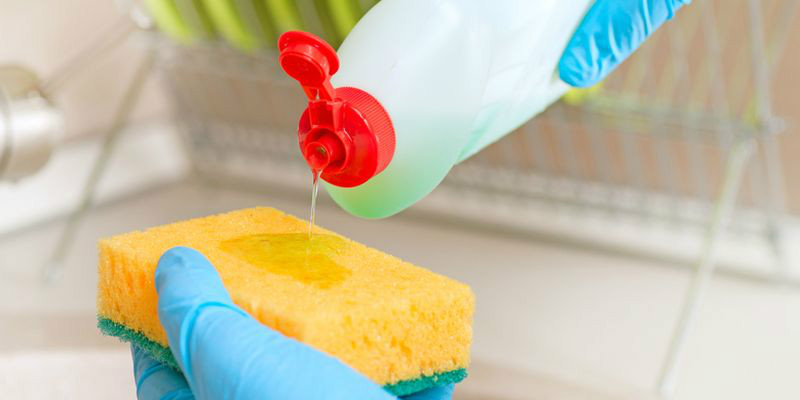
Cost-effective – Dishes are used repeatedly in the same place, so it is important to have a product that is cost-effective. Dishwashing liquids come in many forms, but most of them have a similar price range. As long as there are no unnecessary additives or chemicals, you should be able to buy one without spending a lot of money.
Easy – It is important to have dishwashing products that are easy to use and maintain, this means that the bottle should be easy to open, pour and reseal after use.
Dishwashing Liquid Detergent Ingredients
Dishwashing liquid detergents include sodium laureth sulfate, cocoamidopropyl betaine, sodium lauryl ether sulfate, sodium chloride, and citric acid. The purpose of these compounds is to clean dishes by breaking down fat and protein molecules through a process called saponification. This turns them into soap that is easily washed off with water.
The best liquid dishwashing detergent has an ingredient list that is as short as possible while still meeting the requirements of a good dishwasher. This usually means containing something like tetrapropylene glycol monobutyl ether or PEG 150 pentaerythritol ether. They also provide less information.
A better choice is a product with an ingredient list composed entirely of short-chain linear ethoxylated surfactants that include propylene glycol PEG ethers and anionic block polymers. These products clean effectively and won’t remove any of the “good” oils from your dishes. These types of materials are also known as polyethoxylated blocks because there are hundreds of different polyethoxy block copolymers (PEO) commercially available, all of which are produced from polyoxyethylene and polypropylene blocks.
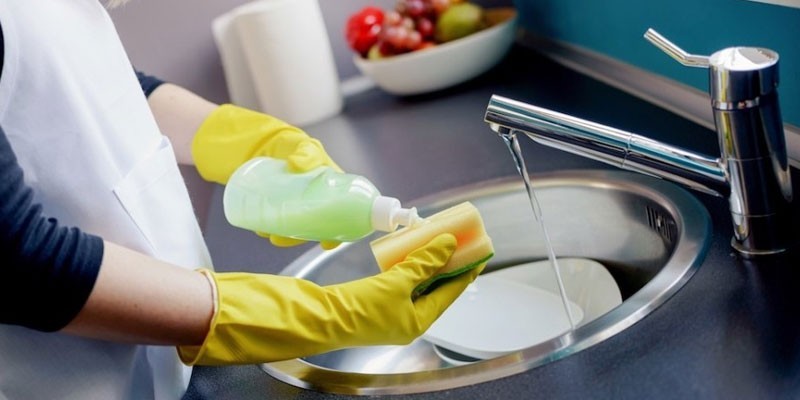
Like many consumer products, dishwashing liquid detergent manufacturers add fragrances, dyes, and other ingredients to their product that have no effect on the product’s cleaning ability. The purpose of these other ingredients is to provide an additional marketing advantage for these products. Fragrances are included as a marketing strategy to promote a sense of cleanliness or freshness in our kitchen. Colors are added to make the product more attractive than the colors sold by competitors. These types of additives are not required for the cleaning process, but they can help sell the product in a crowded market.
Difference between Hand and Automatic Dishwashing Detergent
The main difference between manual and automatic dishwashing liquid is in its ingredients. Hand washing liquids are more natural and are usually made from a combination of water, soap and glycerin. Automatic dishwasher detergents can be composed of various chemicals. Manual dishwashing liquids are usually more expensive than automatic dishwashing liquids, but they are also better for the environment. They can be used to clean dishes in a more thorough way.
Automatic dishwashing liquids are cheaper and can be used in the dishwasher. The downside is that they aren’t as good of a hand washing experience as they don’t do the job of thoroughly cleaning the dishes and have to be rinsed. Hand washing has been proven to be a better way to clean dishes.
Automatic washing uses less water than manual washing, because it is pumped from the inside of the machine with a pressure pump and lock, so less water is wasted and less energy is used. The main problem with automatic dishwashers is that there is no way for the user to know how much detergent is left in his machine until the next time he uses it.
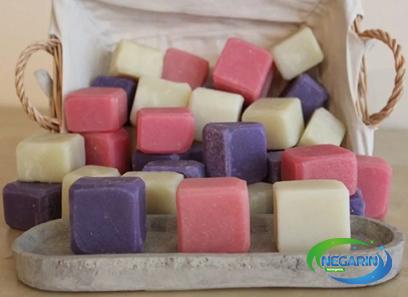
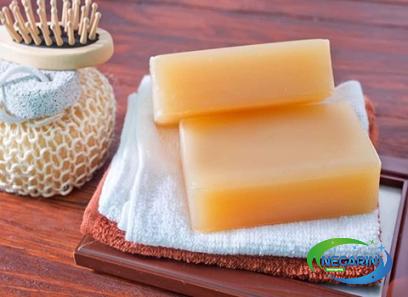
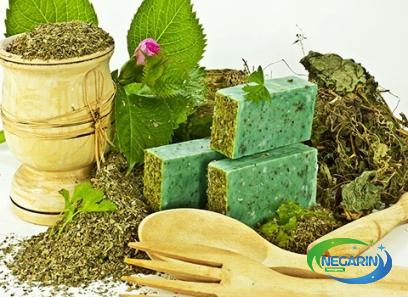
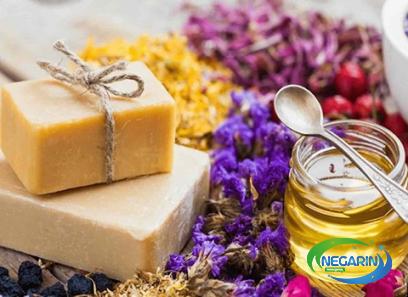
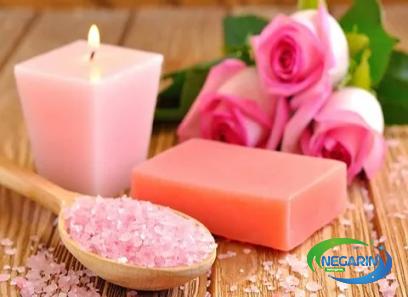
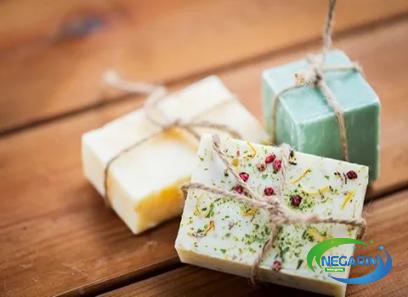
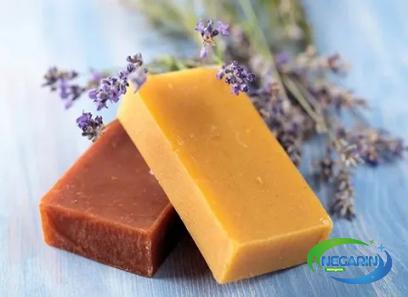
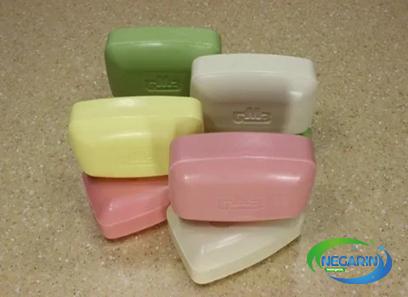
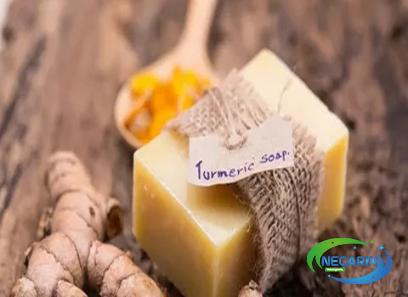
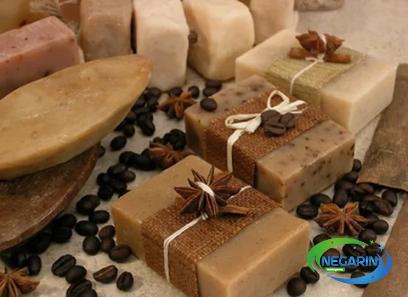
Your comment submitted.